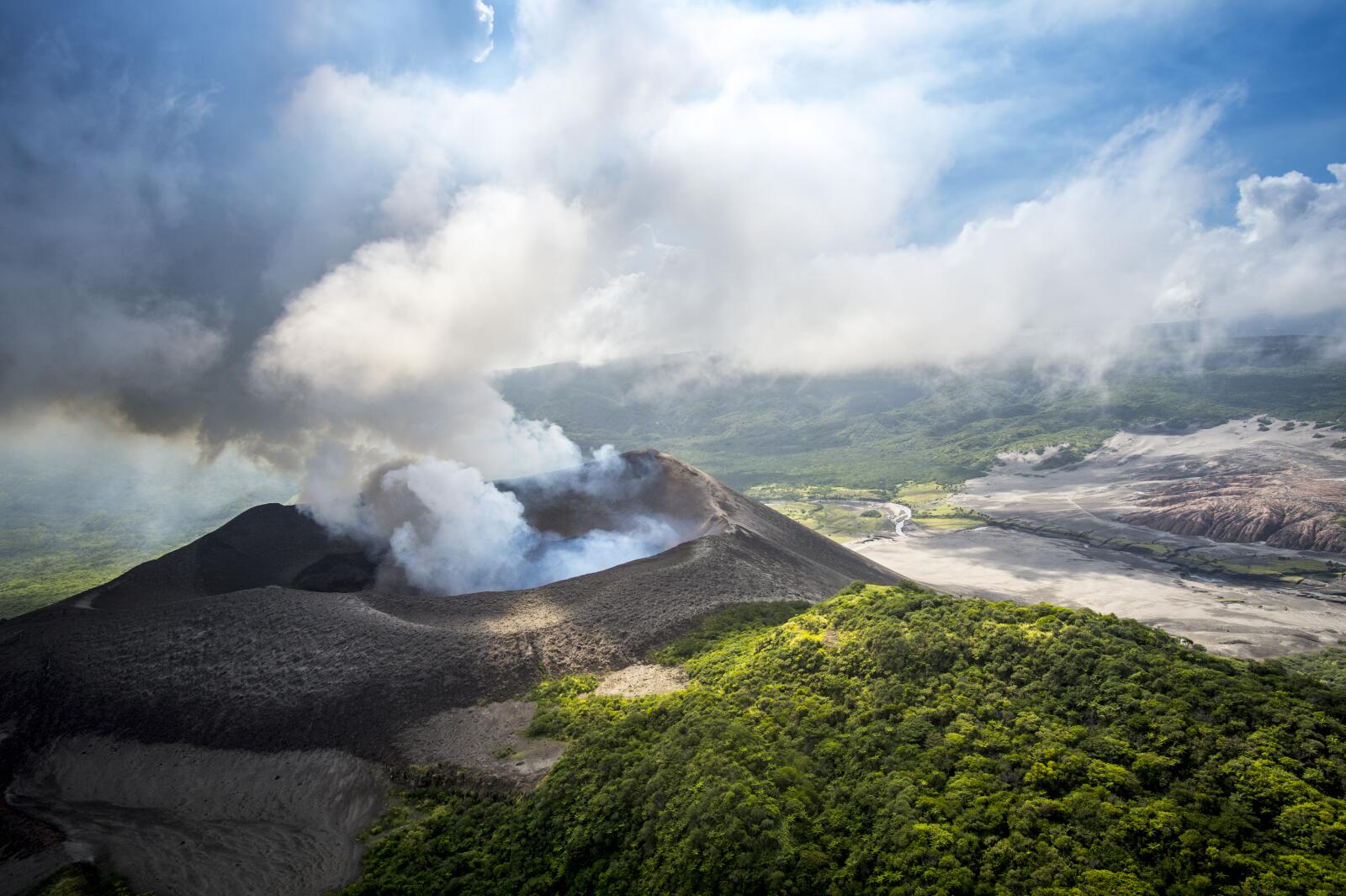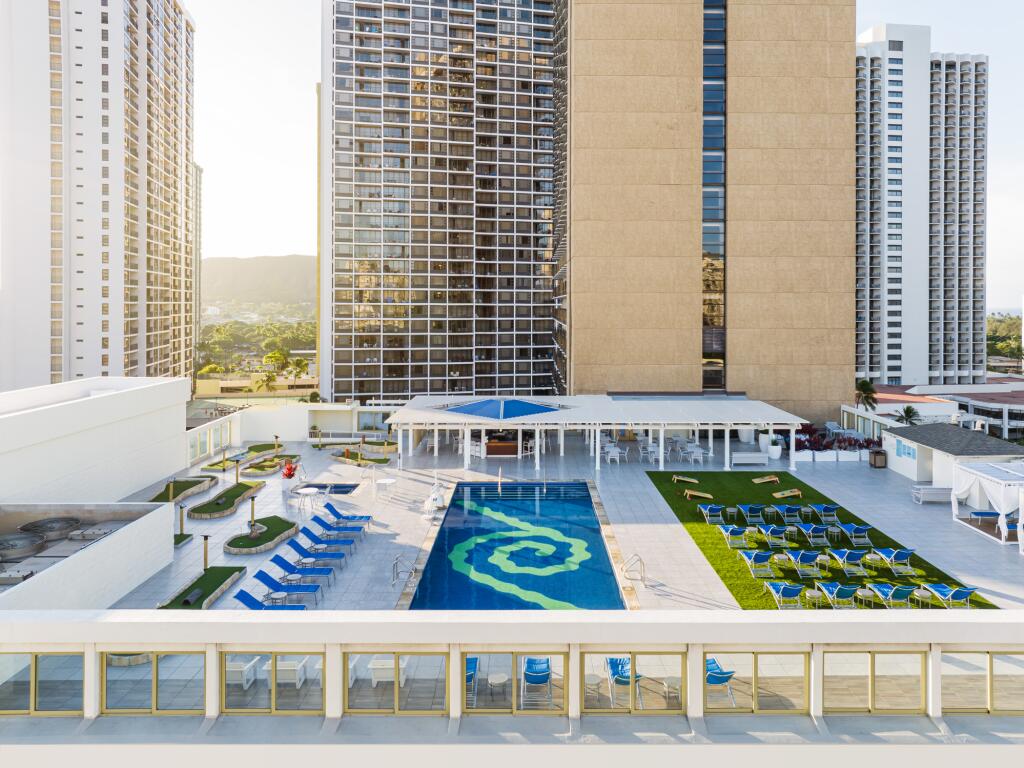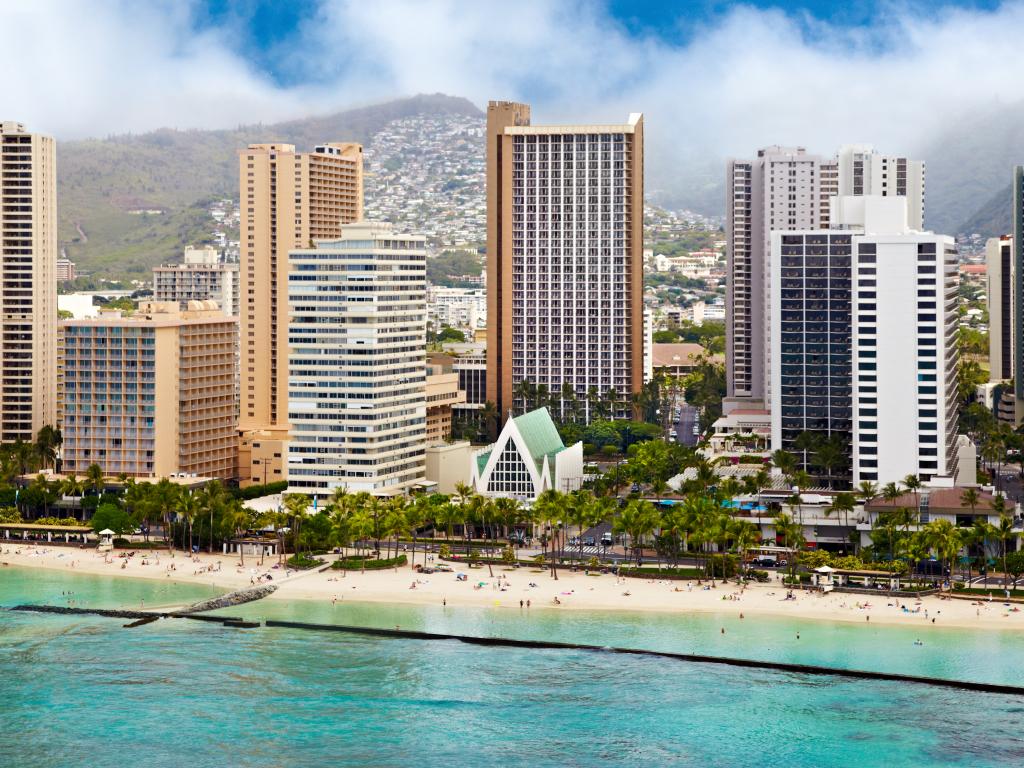Hawaii Volcanoes National Park
Created by ancient volcanic activity, one of Hawaii's most popular natural tourist attractions is the Hawaii Volcanoes National Park. Located almost 50km to Hilo's southwest, this heritage listed park is home to some of the most active volcanoes on the planet. The perfect demonstration of creation and destruction, the park is also a sacred place to the Hawaiian natives.

Established in 1916, the park covers 333,000 acres and stretched from the peak of Maunaloa to the ocean on Hawaii Island. There are almost 250km of hiking trails passing through everything from burnt deserts to rainforests and volcanic craters. A museum, walk-in lava tube, petroglyphs and two active volcanoes are also found withing the parks bounds. These volcanoes are Maunaloa whose last recorded eruption was in 1984 and Kilauea which has been erupting since 1983.
Known as the only 'drive-in' volcano in the world, Kilauea produces 250,000 to 650,000 cubic yards of lava daily, which is enough to resurface a 30km long, two lane highway each day. Since 1994, 491 new acres of land have been created by the volcano on Hawaii Island. How long the eruption will last no one knows, it could continue on for another 100 years or it could cease tomorrow. Visitors to the Hawaii Volcanoes National Park have the opportunity to watch as red hot molten lava flows meet the sea, depending on the volcano's activity on the day.
The Hawaii Volcanoes National Park preserves the results of more than 70 million years of volcanic activity, migration and evolution and is home to a unique and diverse ecosystem which features a wide range of native flora and fauna. Thanks to the work of the park and research by scientists, Kilauea is one of the world's best understood volcanoes. The park also offers visitors the opportunity to get up close and personal with a fascinating ancient active volcano.


